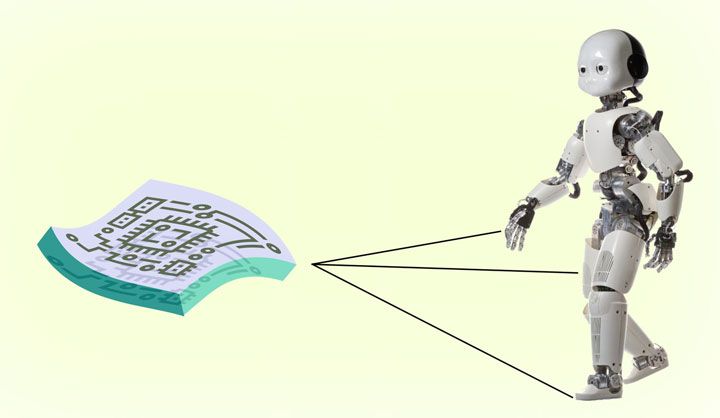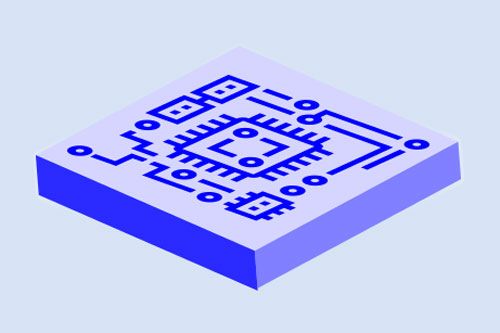
Welcome to the BioConTact Project!
Biodegradable electrical Conductors for Tactile (BioConTact) sensors are required to improve the sustainability of the robotic sector and mimic the functionality of human skin.
Indeed, robots, vital for a thriving European economy, are becoming omnipresent. Hence, the transition to sustainable and biodegradable alternatives to current electronics, which constitute robots, will boost the progress of environmentally friendly technologies in robotics. This transition will also influence consumer electronics, which are pervasive in European society, with more than 230 million users, and electronic wastes accumulating globally, reaching a production rate of 120 million metric tons per year by 2050..

The advancement of the BioConTact project will start engineering electrical conductors with controllable biodegradability that are flexible, lightweight, scalable, and produced with readily available materials. The tunable degradation will be controlled through the material formulation. This tunability will enable applications where long-term stability is crucial, such as human-mimicking robotic skin, and find applications for those requiring environmental control of degradation, such as bioresorbable transient electronics. These conductors will be assembled as human mimicking robotic skin for the iCub, the open-source robot of the Italian Institute of Technology.
Transient

Implantable
BioConTact

Flexible
Traditional

Rigid


